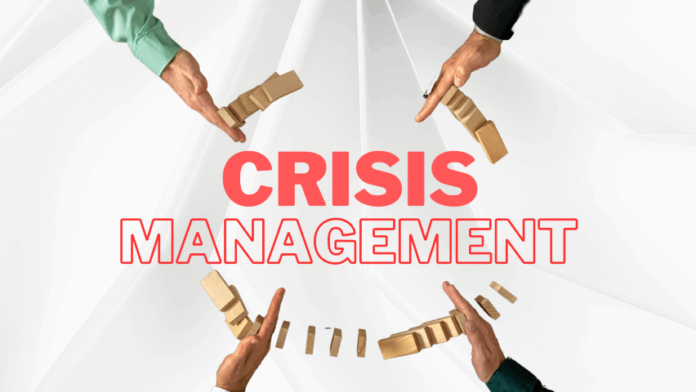Introduction
Crisis Management refers to the process of preparing for, responding to, and recovering from a crisis or unexpected event that has the potential to cause significant harm to an organization or its stakeholders. Crises can take many forms, including natural disasters, technological failures, financial scandals, product recalls, cyber-attacks, and pandemics. Effective crisis management requires a proactive and strategic approach that involves identifying potential crises, developing plans and protocols, and responding quickly and decisively to mitigate the impact of the crisis.
The Importance of Crisis Management
Crisis management is important for several reasons. First, crises can have significant negative consequences for organizations, including financial losses, reputational damage, and legal liabilities. Failure to manage a crisis effectively can lead to long-term harm to an organization’s stakeholders, including customers, employees, shareholders, and the community. Second, crises can be unpredictable and can arise from a variety of sources. By preparing for potential crises, organizations can mitigate the risk of harm and minimize the impact of the crisis. Third, crises can provide opportunities for organizations to demonstrate their resilience, leadership, and commitment to stakeholders.
The Crisis Management Process
The crisis management process involves several stages:
1. preparation,
2. response, and
3. recovery.
Effective crisis management requires a proactive and strategic approach that involves identifying potential crises, developing plans and protocols, and responding quickly and decisively to mitigate the impact of the crisis.
Preparation: The first stage of the crisis management process is preparation. This involves identifying potential crises that could impact the organization and developing plans and protocols to respond to them. Preparation may involve conducting risk assessments, developing crisis management teams, creating communication plans, and establishing protocols for decision-making and resource allocation.
Response: The second stage of the crisis management process is response. This involves implementing the plans and protocols developed during the preparation stage to respond to the crisis. A response may involve activating the crisis management team, communicating with stakeholders, assessing the impact of the crisis, and implementing strategies to mitigate the impact.
Recovery: The third stage of the crisis management process is recovery. This involves returning the organization to a state of normalcy following the crisis. Recovery may involve repairing damage to facilities and equipment, restoring operations, rebuilding relationships with stakeholders, and assessing the effectiveness of the crisis management plan.
Best Practices for Effective Crisis Management
Effective crisis management requires a proactive and strategic approach that involves identifying potential crises, developing plans and protocols, and responding quickly and decisively to mitigate the impact of the crisis. Some best practices for effective crisis management include:
- Proactive Approach: Effective crisis management requires a proactive approach that involves identifying potential crises and developing plans and protocols to respond to them.
- Communication: Effective communication is critical during a crisis. Organizations should develop communication plans that include clear and concise messaging to stakeholders, regular updates, and transparent communication.
- Leadership: Effective crisis management requires strong leadership that is able to make decisions quickly and decisively. Leaders should be able to communicate effectively, inspire confidence, and demonstrate resilience.
- Flexibility: Effective crisis management requires flexibility and adaptability in response to changing circumstances. Organizations should be able to adjust their plans and strategies in response to new information.
- Coordination: Effective crisis management requires coordination and collaboration among stakeholders. Organizations should establish partnerships and alliances with relevant stakeholders, including government agencies, industry associations, and community organizations.
Conclusion
Crisis management is a critical component of organizational resilience and success. Effective crisis management requires a proactive and strategic approach that involves identifying potential crises, developing plans and protocols, and responding quickly and decisively to mitigate the impact of the crisis. By following best practices for crisis management, organizations can minimize the impact of crises and demonstrate their commitment to stakeholders.
Do you want to understand where to begin your Crisis Management study from?
Read on: Management 101






























